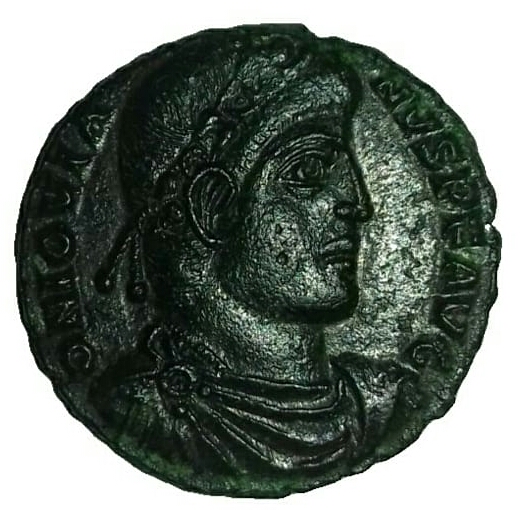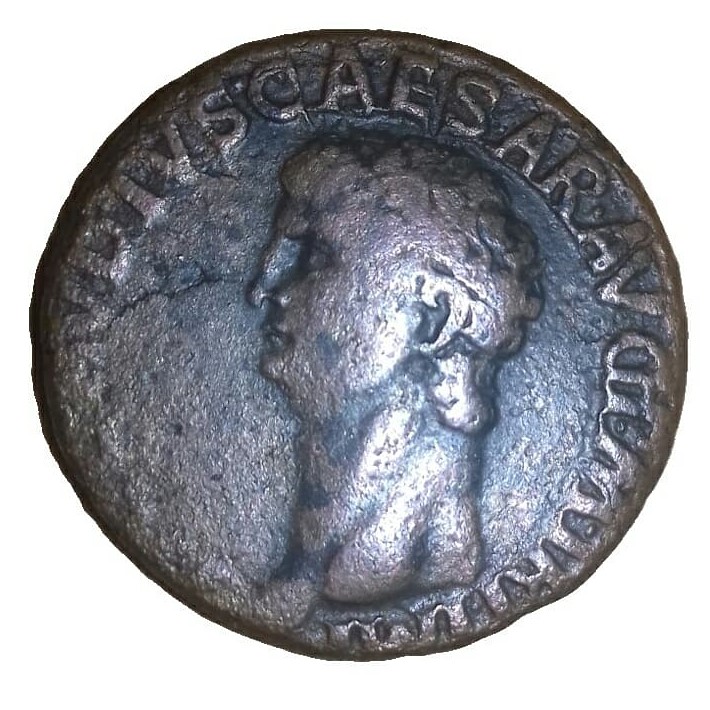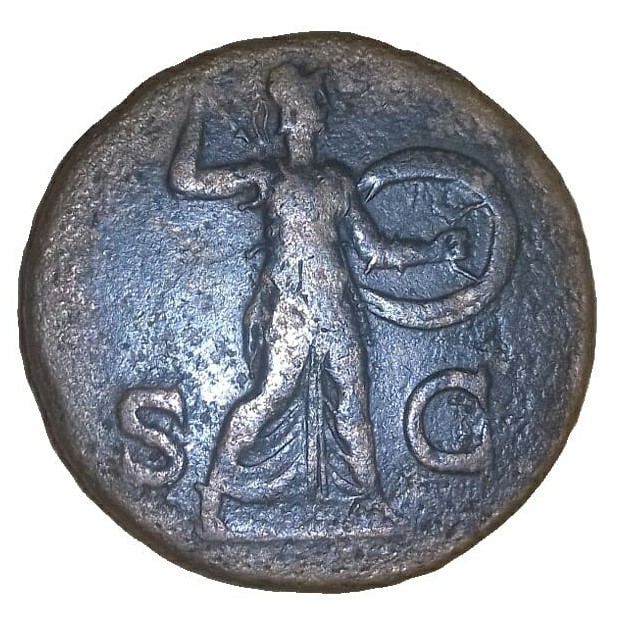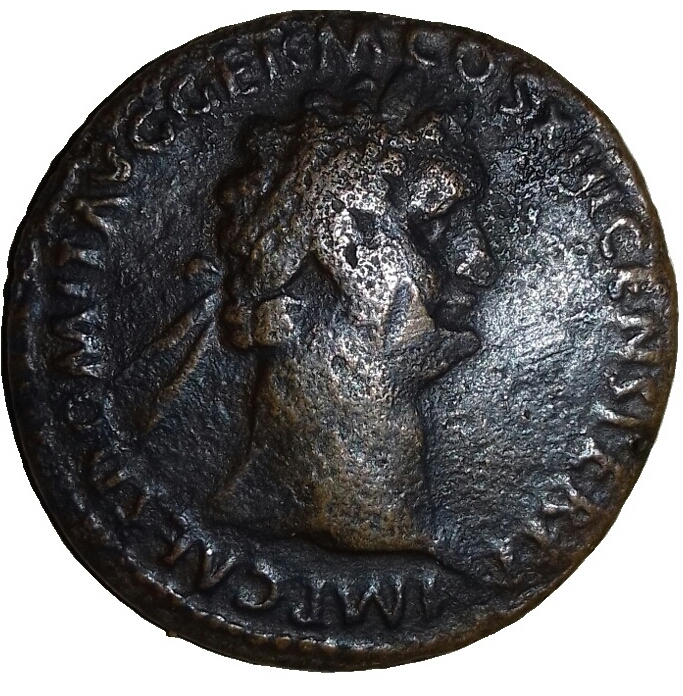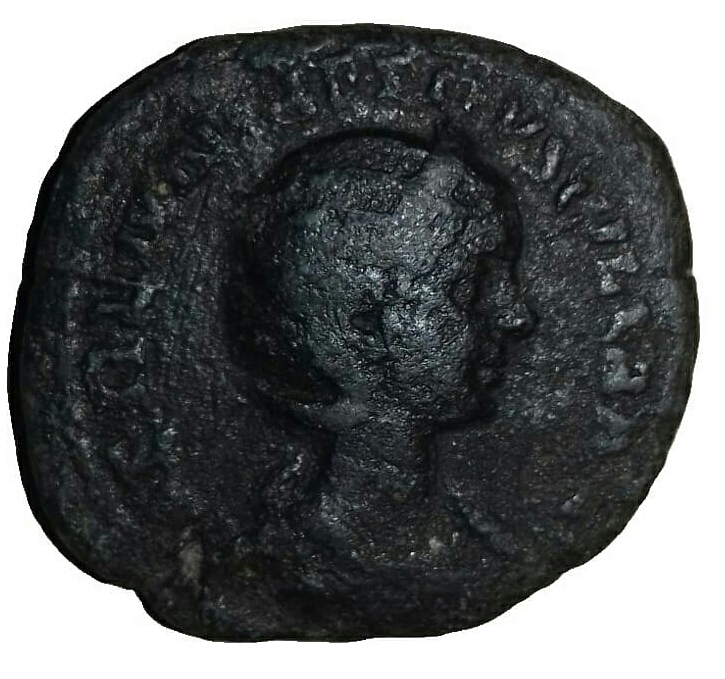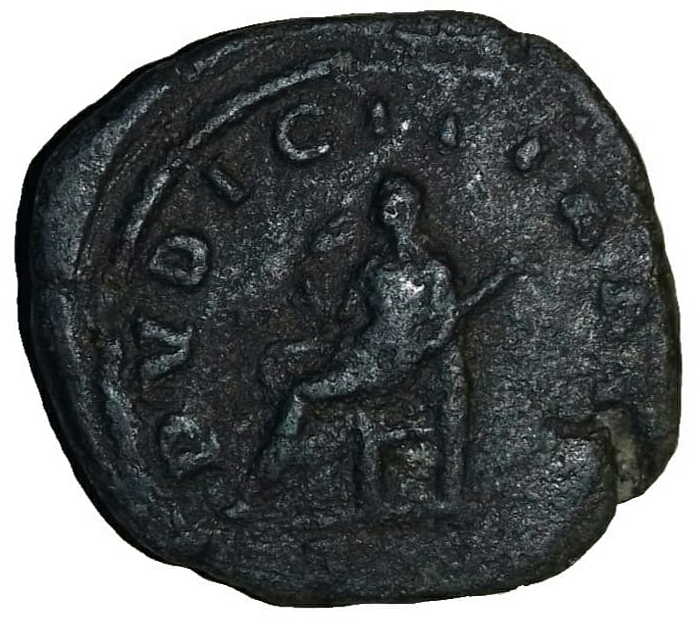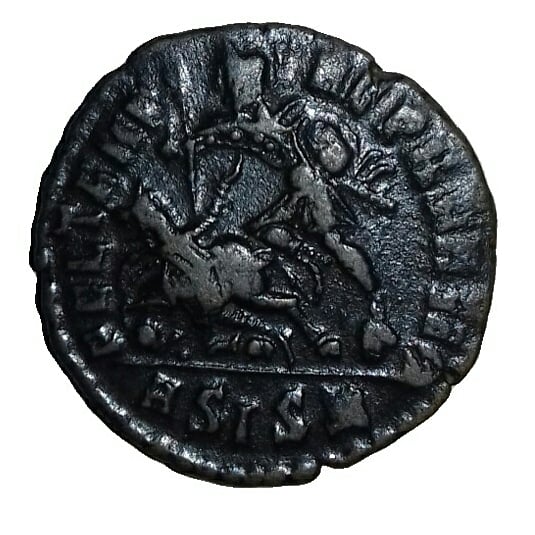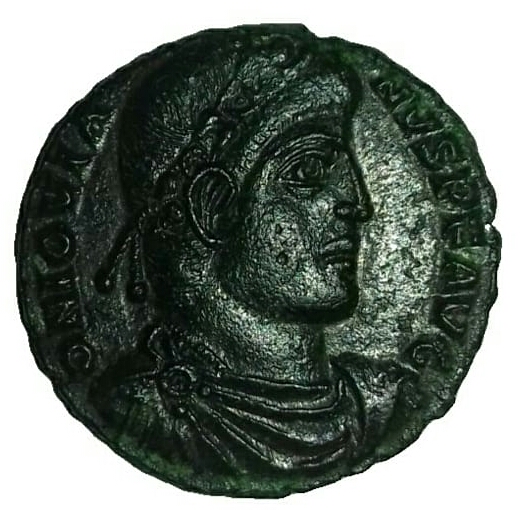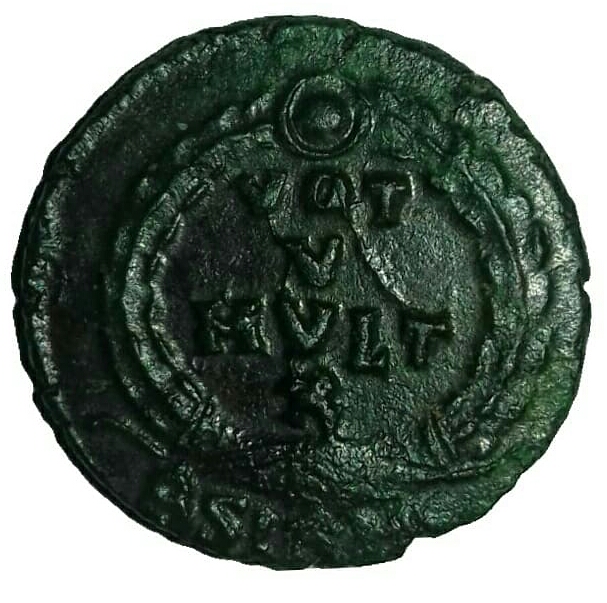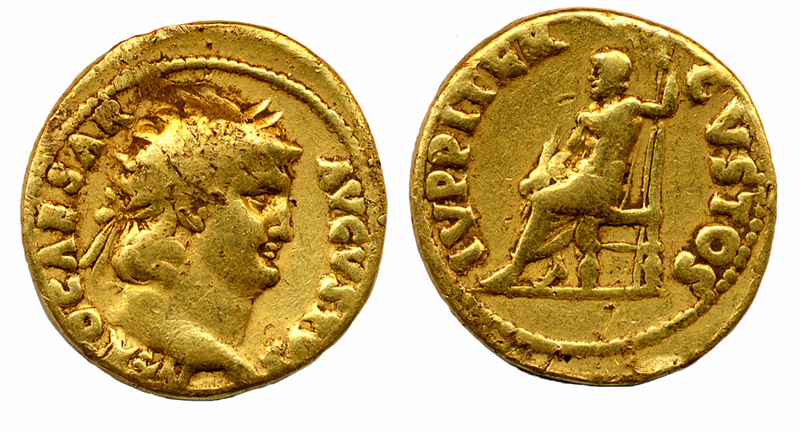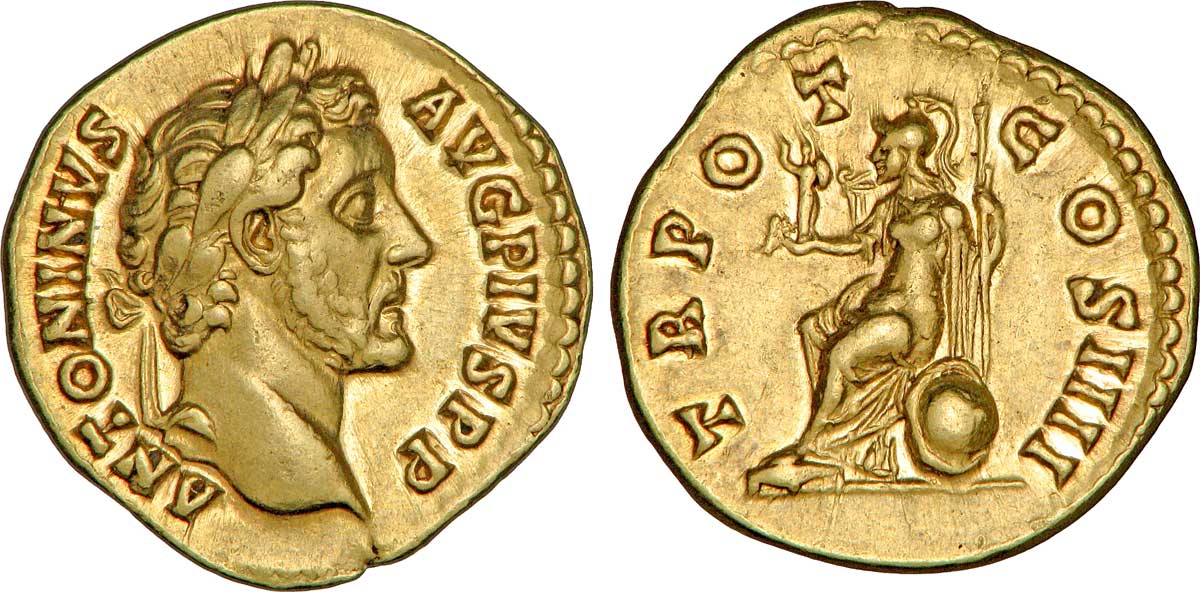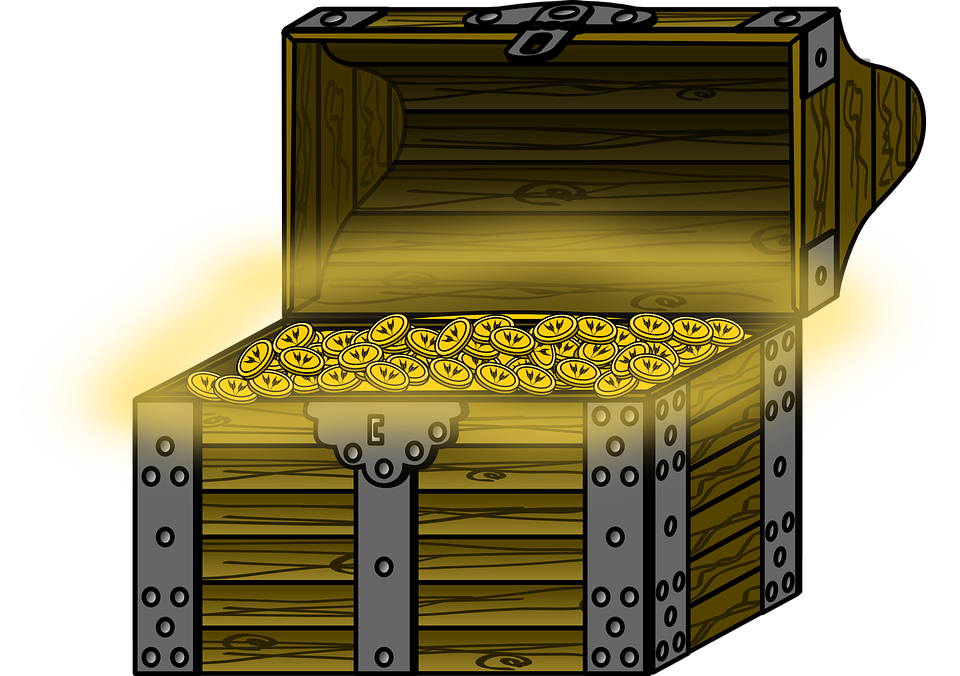Hi everyone, how are you? A few months ago, I wrote an article in which I introduced you to 5 Roman copper coins and noticed that you liked this one very much. So I decided to do a volume 2 for you and I will do the same for the billon, silver and gold coins. So in this article, I will introduce you to 5 Roman copper coins. I will therefore describe the obverse and reverse of these coins as well as their legends … Therefore, we are going to do numismatics: studying coins by decrypting them and trying to understand their meaning as well as the messages they wanted to pass in Roman times. So in this article there will be analysis, description and interpretation. Now let’s get to the heart of the matter and, above all, happy reading.
First Roman coin in copper : the as of Claudius
This first Roman coin is an as of Claudius. Claudius is a Roman emperor born August 1, 10 BC in Lyon (Lugdunum at the time). He died on October 13, 54 AD, in the city of Rome.
Claudius was part of the Julio-Claudian dynasty and was the fourth emperor to reign. He ruled from 41 to 54 AD. He is Caligula’s successor and was himself succeeded by his adopted son Nero. Claudius is widely known for having been an emperor with speech problems as well as physical impairments which made him unloved by his family. During his reign, he enlarged the Empire by associating it with new lands such as Lycia, Mauretania, Thrace and even Norique and he launched the conquest of Britain (now Great Britain). In addition, it allowed citizens of provinces like Gaul to acquire Roman citizenship. Claude died at the age of 63, possibly poisoned by his wife Agrippina.
This copper coin weighs 10.71 grams with a diameter of 26 mm. On its obverse, we can see the bust of Claudius, surrounded by the legend “TI CLAVDIVS CAESAR AVG P M TR P IMP” (Tiberius Claudius, Caesar, Augustus, Grand Pontiff, endowed with the tribunitian power, emperor). On its lapel, we can see Minerva standing, brandishing a javelin in the right hand and carrying a shield in the left hand. The legend on this side is very poor. Indeed, only the letters “SC” (Senate Decree) appear.
This as was therefore struck when Claudius, being emperor, had many titles such as that of “Caesar” or even that of “Great Pontiff”.
Second Roman Coin in copper : the As of Domitian
This second Roman coin is an as of Domitian. Domitian, whose real name is Titus Flavius Domitianus is a Roman emperor born October 24, 51 AD in Rome. He died in his hometown on September 18, 96 AD. Domitian was part of the Flavian dynasty and was the eleventh emperor to reign. He ruled from 81 to 96 AD. He succeeded Titus and Nerva will be his successor. During his reign, he made campaigns as in Brittany but also wars against the Germans and the Dacians. In addition, he launched a program to rebuild Rome which had been affected by several fires and revalued the coin. Indeed, the weight of the deniers went from 2.87g to 3.26g then from 3.26g to 3.04g. He died in 96 AD assassinated by members of his court.
This copper coin weighs 9.05 grams with a diameter of 27mm. On its obverse, we can see the bust of Domitian, surrounded by the legend “IMP CAES DOMITIAN AVG PERM COS XVI CENS PER PP” (the emperor, Caesar Domitian, August Germanic, consul for the sixteenth time, perpetual censor, father of the homeland). On her lapel, Moneta (the Mint) can be seen standing, holding a cornucopia in her right hand and a scale in her left hand. The captions listed are “MONETA AVGVSTI SC” (the Emperor’s coin).
This as was therefore struck when Domitian held many political titles and had certainly just become Consul. And this for the sixteenth time. Also, thanks to this, we can date the coin more precisely. Indeed, Domitian became “COS XVI” in 92 AD. We can therefore assume that this as dates shortly after 92.
Third Roman Coin in copper : the sestertius of Etruscille
This third coin is a Sestertius of Etruscille. Etruscille was born at the beginning of the 3rd century AD and died after 251 AD. Little information about him has reached us until now. She was the wife of the Roman Emperor Trajan Decius (AD 249-251) and had two children with the latter: Herennius Etruscus and Hostilien. In 249 AD, she became Augusta. Following the death in combat of her husband and her son Herennius then Caesar, Etruscille named his younger brother “Augustus” but this denarius died shortly after in 251 AD. We do not know what followed these events.
This copper coin weighs 20.54 grams for 31 mm in diameter. On its obverse, we can see the bust of Etruscille, surrounded by the captions “HERENNIA ETRVSCILLA AVG” (Herennia Etruscille Augusta). On its reverse, we can see the Pudicita (the Modesty) seated on a throne, holding a transverse scepter in the right hand and waving a veil in the left hand. The captions listed are “PUDICITA AVG” (the modesty of Augusta).
This coin was thus struck when Etruscille bore the title of Augusta. As the latter became in 249 AD, we can assume that this coin was minted shortly after 249 AD.
Fourth Roman Coin in copper : the nummus of Constans
This fourth Roman coin is a nummus of Constans. Constans is a Roman emperor born in 320 AD. He died in 350 AD in Helena (current town of Elne in the Pyrénées-Orientales, France). His reign began in 337 AD. At that time, he ruled the Empire with his brothers: Constance II and Constantine II. Following various quarrels and the death of Constantine II, Constans seized power over the Western Empire. During his reign, he is known to have strongly defended Christianity and to have tried to propagate it. His reign ended with his assassination in 350 AD. He was then 30 years old.
This copper coin weighs 2.06 grams for 18 mm in diameter. On its obverse, we can see the bust of Constans, surrounded by the captions “DN CONSTANS PF AVG” (Our lord Constans, pious, happy, august). On the reverse, we can see a soldier planting a haste in a fallen horseman. Under the rider, we can observe his horse lying on the ground. The inscribed captions are “FEL TEMP REPARATIO A” (The return of happy times). This legend commemorates here the 1100th anniversary of Rome.
This nummus was therefore struck when Constans was august. Also, the coin gives us information on its creation date. Indeed, knowing that Rome was founded in 753 BC and that here, this coin commemorates the 1100 years of the Eternal City, this brings the date of manufacture of this coin to the year 347 of our era. We can therefore assume that this coin was minted shortly after this given date recently.
Fifth Roman Coin in copper : the nummus of Jovien
This fifth Roman coin is a nummus of Jovien. Jovien is a Roman emperor from the 4th century AD. He was born in Singidunum (current city of Belgrade) on June 27, 332 AD and died near Ancyra (current city of Ankara) on February 17, 364 AD. Prior to his reign, Jovien was a general in the army. During his short reign (363-364 AD), he reestablished, not without concessions, peace between the Romans and the Persians and allowed a rebalancing of religions thus allowing greater tolerance of the different practitioners. He died accidentally after only 8 months of reign, presumably asphyxiated during his sleep.
This copper coin weighs 3.00 grams for 19 mm in diameter. On its obverse, we can see the bust of Jovien, surrounded by the captions “DN IOVIANVS P F P P AVG” (Our Lord Jovien, pious, happy, august). On its reverse, we can see a crown surrounding the captions “VOT V MVLT X” (Wishes for the fifth reign anniversary and more for the upcoming tenth reign anniversary).
This nummus was therefore struck when Jovien was emperor. Also, the reverse seems to indicate the wishes that the people (?) Wish the emperor for his next 5 and 10 years of reign. We can therefore assume that this coin was minted very shortly after the start of Jovien’s reign.
There you go, this article is now complete. Hope you liked it and discovered new things. Also, feel free to tell me in the comments space what topic you would like me to cover for a future article. Regarding this one, we will continue this series of coins presentation with “5 Roman coins in billon”. See you next week !
Receive my free book Around the roman coin by clicking here

